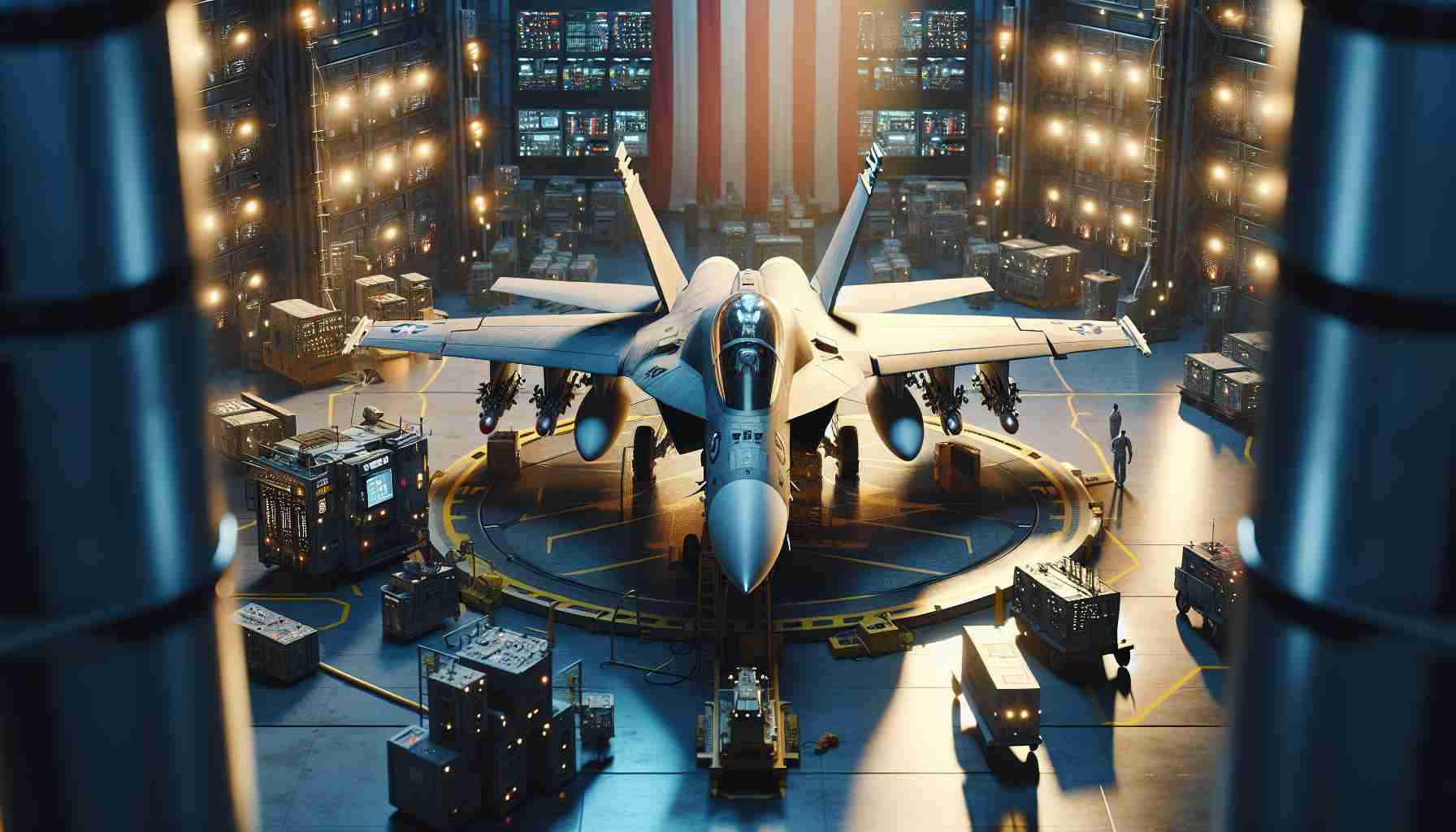The U.S. Navy has managed an impressive feat: ensuring its F/A-18 Super Hornets achieve 80% readiness, a target set by former Defense Secretary James Mattis six years ago. Meanwhile, the U.S. Air Force is facing challenges in reaching similar goals for its fleet.
In a recent appearance at the Stimson Center, Chief of Naval Operations Lisa Franchetti highlighted the strategic measures undertaken by the Navy to meet this readiness objective. Rather than simply allocating more resources, the Navy dissected the readiness issue, addressing fundamental problems to boost the F/A-18s’ operational status.
Utilizing enhanced data tracking, proactive maintenance strategies, and efficient supply chain management, the Navy succeeded. In contrast, the Air Force abandoned the 80% mission capable target in 2020, citing different challenges and the inadequacy of traditional metrics for measuring readiness. By 2023, the Air Force reported a 69% mission capable rate for its F-16s, although it has begun adopting some of the Navy’s successful tactics.
Franchetti mentioned broader Navy goals, aiming for 80% of all forces to be “surge ready” by 2027, a timeline aligned with geopolitical tensions, particularly regarding Taiwan. She emphasized a multi-faceted approach involving maintenance efficiency, integration of autonomous systems, personnel investment, and high-quality training.
Franchetti’s vision is underscored by a system-of-systems approach, fostering a joint warfighting ecosystem where interdependent capabilities enhance overall military efficacy. This readiness strategy establishes clear objectives and accountability, with Franchetti herself committed to overseeing its implementation by 2027.
How the U.S. Navy Achieved 80% Readiness for its F/A-18 Fleet: A Deep Dive into Strategy and Innovation
The U.S. Navy has reached an impressive milestone: achieving 80% readiness for its F/A-18 Super Hornet aircraft. This benchmark, outlined by former Defense Secretary James Mattis, was realized through strategic initiatives spearheaded by the Navy. In contrast, the U.S. Air Force is still striving to attain similar success, highlighting varying challenges within military branches.
A cornerstone of the Navy’s achievement is the implementation of enhanced data tracking systems. By integrating advanced analytics, the Navy accurately identified and addressed core issues affecting readiness. This data-driven approach enabled precise maintenance scheduling, reducing aircraft downtime and optimizing operational capacity.
Supply chain management played a crucial role as well. The Navy streamlined processes and prioritized access to essential components, ensuring rapid repairs and minimizing disruptions. Such efficiency significantly bolstered aircraft availability and mission readiness.
Moreover, the Navy adopted proactive maintenance strategies. Instead of reactive repairs, the focus shifted towards predictive maintenance, utilizing cutting-edge technologies to foresee and prevent potential issues before they emerged. This preemptive approach reduced unforeseen failures and improved aircraft reliability.
In contrast, the Air Force abandoned the 80% readiness goal in 2020, citing the inadequacy of traditional metrics in capturing true operational capability. Despite their challenges, the Air Force reported a 69% mission capable rate for its F-16s in 2023 and began integrating successful strategies from the Navy, such as enhanced supply chain processes and maintenance protocols.
Chief of Naval Operations Lisa Franchetti outlined a broader vision, targeting 80% “surge readiness” for all naval forces by 2027. This goal aligns with increasing geopolitical tensions, particularly around Taiwan. Franchetti emphasized a comprehensive strategy that includes personnel investment, autonomous systems integration, and superior training programs to enhance the Navy’s operational readiness.
An integral part of this vision is an interconnected system-of-systems approach, fostering a synergistic military ecosystem. This strategy ensures that varying capabilities within the Navy enhance each other’s effectiveness, creating robust joint warfighting capabilities. Clear objectives and accountability frameworks are established, with Franchetti personally dedicated to overseeing the realization of these goals by 2027.
For more insights on the Navy’s operational strategies and readiness metrics, visit the official Navy website.







